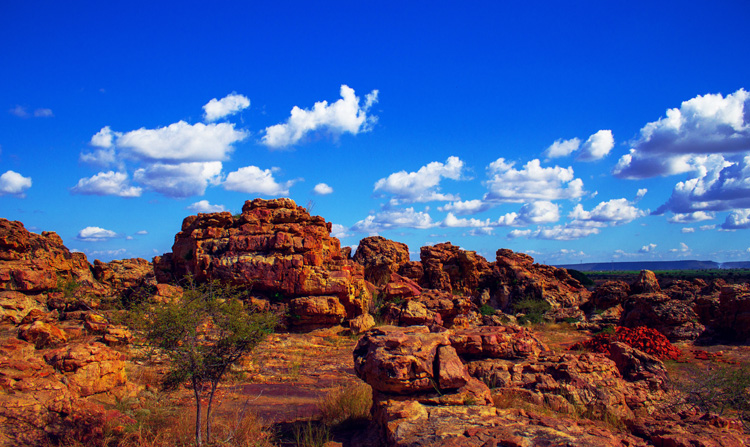Kurnool
FAMOUS PLACES IN KURNOOL
1.Belum Caves

Kurnool is known for being the erstwhile capital of the State of Andhra Pradesh. The town is one of the oldest cities and based on the rock paintings of Ketavaram, the town has seen humans since the Paleolithic era. The ancient caves and fort ruins in Kurnool date back pretty far in history and are a marvel to behold. The town is surrounded by the parallel running mountain ranges from north to south. The various temples and pilgrimage sites in this ancient town are not only significant when it comes to their cultural history but are also important architectural heritage of the city. The Rollapadu Bird Sanctuary is one of the prime reasons one must visit this town as it is a great place for both nature lovers and the shutterbugs.
2.Kurnool Fort
Konda Reddy Fort, also known as Kondareddy Buruju is a fort situated in the city of Kurnool in Andhra Pradesh, India. At a distance of 2 km from Kurnool Railway Station and 24 km from Alampur, Konda Reddy fort is an imposing structure situated in the heart of Kurnool City.
3.Nallamala Forest
Nallamala Forest is located in the Indian state of Andhra Pradesh and Telangana.[1] It is part of the Eastern Ghats. Nagarjunsagar-Srisailam Tiger Reserve the largest tiger reserve in India and spread over five districts of Kurnool, Prakasam, Guntur, Nalgonda and Mahabub Nagar falls under it.
4.Kurnool Museum
5.Mahanandi
Mahanandi is a village located east of the Nallamala Hills of Nandyal District, Andhra Pradesh, India. It is surrounded by forests. Within 15 km of Mahanandi, there are nine Nandi shrines known as Nava nandulu. Mahanandi is one of the Nava Nandis. The Mahanandiswara Swamy Temple, an important shrine, is located here. This ancient temple dates back over 1,500 years. The inscriptions of 10th century tablets speak of the temple being repaired and rebuilt several times.






Comments
Post a Comment